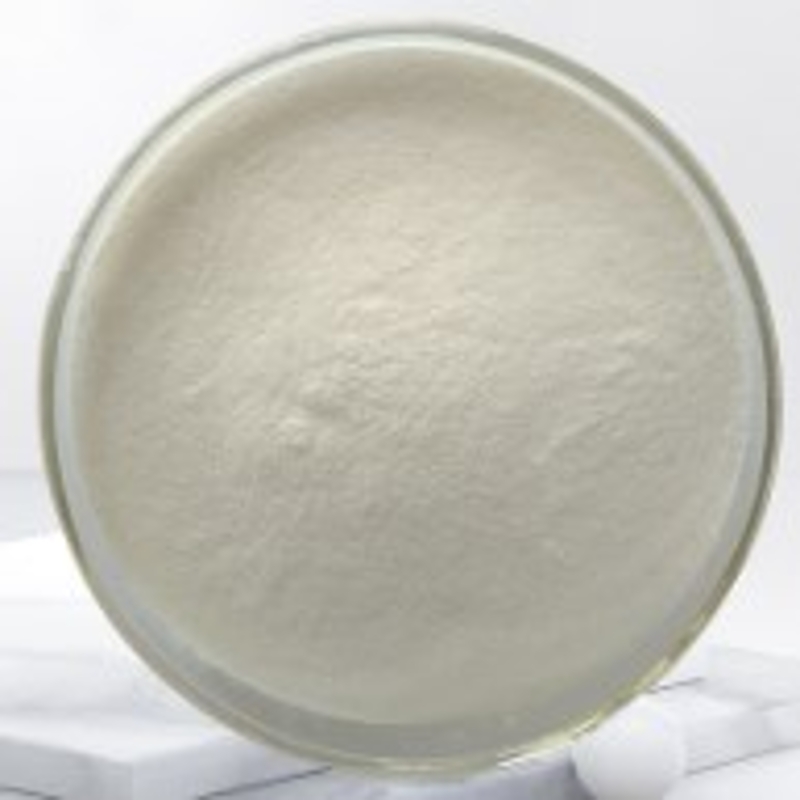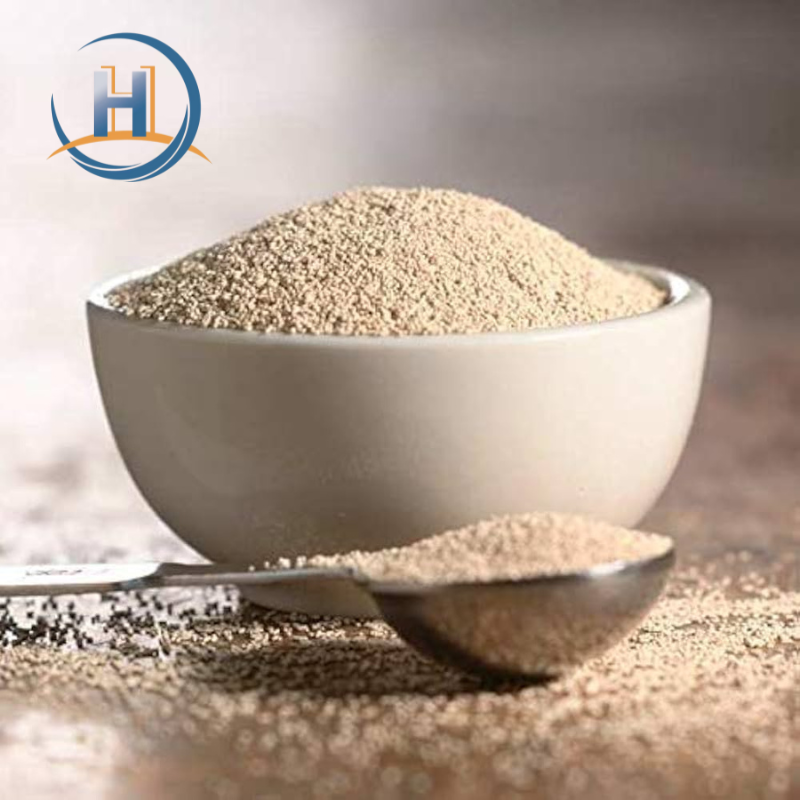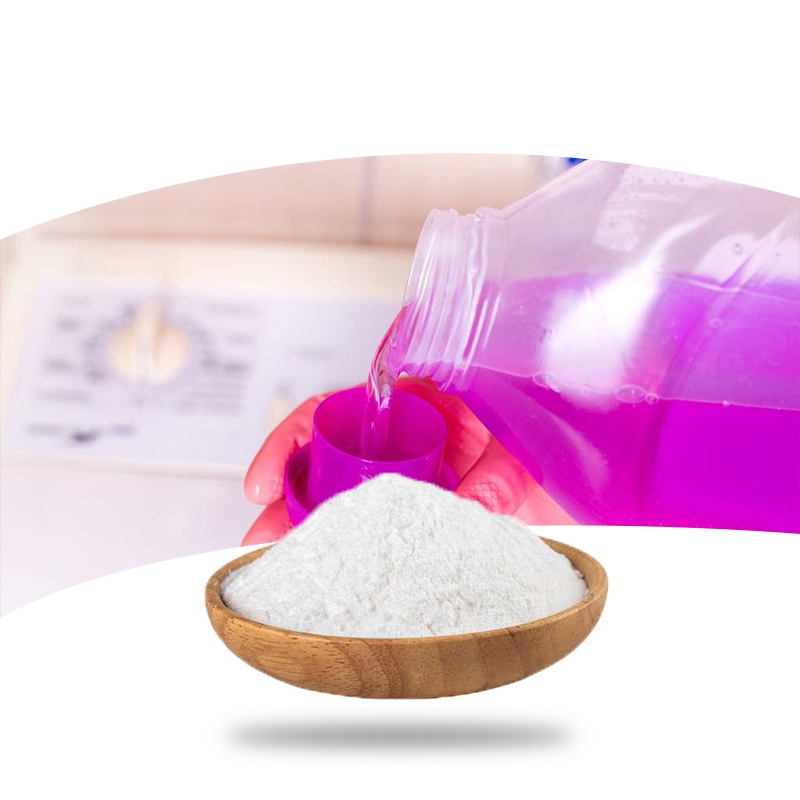Usage of edible red pigment
-
Last Update: 2019-03-27
-
Source: Internet
-
Author: User
Search more information of high quality chemicals, good prices and reliable suppliers, visit
www.echemi.com
Introduction: people often use a kind of food additive - edible pigment in food production So, how to use red pigment? Come and have a look with you! In general, edible pigment, also known as food colorant, is the pigment added when making or cooking food, which is harmless to health It can increase the beauty of food and promote people's appetite So, how to use red pigment? Let's introduce the small edition of Baibai safety net! How to use food pigment correctly? Food pigment can be divided into natural food pigment and synthetic food pigment Natural pigments mainly come from plants and some microorganisms, mainly including Monascus, chlorophyll, turmeric, carotene, caramel color, spicy red, etc Synthetic pigments are mainly synthesized by chemical reactions At present, only eight kinds of food are allowed to be used in our country, and their use amount and scope are strictly limited Because there are many health problems in synthetic pigment, it will be gradually replaced by natural edible pigment Natural edible pigment is nontoxic, harmless to human health, and has certain nutritional value Red koji is a kind of special natural pigment in China, which has strong coloring power to protein It is often used in sufu, meat coloring and wine making Monascus is a kind of mould called Monascus, which is cultivated on Rice by inoculation That is to say, Monascus is made of microorganism The hyphae of Monascus decompose and produce a lot of red pigment, which makes the mycelium present bright red color Monascus is nontoxic, safe and stable As early as the Tang and Song Dynasties, China has used red koji to process food, mainly for wine making Some wines in our country, such as sunken VAT wine, Fujian old wine, champion red wine and so on, are all colored with red koji In addition to red koji is made of microorganisms, there is also a penicillin, which can produce yellow It can produce red pigment when mixed with a kind of fungus called Macroderma Curcumin is extracted from the rhizome of Curcuma longa, which is used for food coloring For example, powder, bean products, wine making and Guiyuan skin dyeing As the name implies, carotene and chlorophyll are extracted from carrots and green leaves of plants They can not only be colored There are also certain nutrients that can be used for coloring foods such as cream Paprika red pigment is extracted from capsicum and sorghum red pigment is extracted from Red Sorghum shell Caramel color, also known as soy color, is made of sugarcane and is generally used for soy sauce, vinegar and sauce The natural edible pigment is inexhaustible in nature At present, there are 20 kinds of natural edible pigments that are allowed to be used in food in China In addition to the shortage of natural pigment, compared with synthetic food pigment, it is not strong in coloring power, low in output, high in cost and expensive in price Synthetic edible pigment, as a chemical substance, has many side effects such as toxicity and carcinogenesis Therefore, the selection of synthetic edible pigment must be of high purity, less impurities, safe and reliable consumption, and the variety, scope and amount of use must be strictly controlled The health department of our country has made strict regulations on the synthetic food pigment For example, cream yellow used to be used for margarine, but later it was found to have the effect of causing liver cancer, so it was stopped For another example, the maximum use of 8 kinds of synthetic edible pigments allowed is 0.10g/kg for lemon yellow, sunset yellow and indigo, 0.05g/kg for cauliflower red, carmine red, scarlet red and new red, and 0.025g/kg for bright blue These eight synthetic food pigments are only allowed to be used in fruit water, fruit powder, fruit dew, soda water, prepared wine, candy, cake color packaging, red and green silk, can, concentrated fruit juice and green plum Other foods cannot use synthetic food pigments In addition, it should be noted that the non-staple food for infants should not be added with any food coloring The above is the content of the usage of red pigment After reading it, I believe you all know! If you want to know more about food safety Please pay more attention to Baibai Security Internet bar! Editor in charge: Wang Xiujuan
This article is an English version of an article which is originally in the Chinese language on echemi.com and is provided for information purposes only.
This website makes no representation or warranty of any kind, either expressed or implied, as to the accuracy, completeness ownership or reliability of
the article or any translations thereof. If you have any concerns or complaints relating to the article, please send an email, providing a detailed
description of the concern or complaint, to
service@echemi.com. A staff member will contact you within 5 working days. Once verified, infringing content
will be removed immediately.







